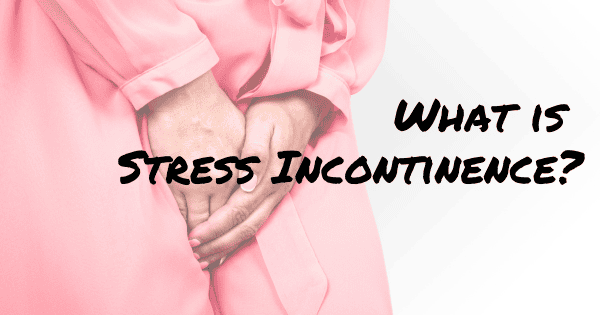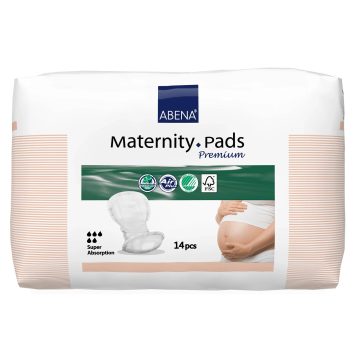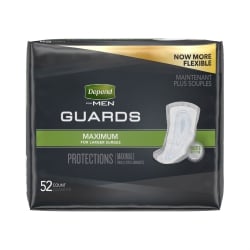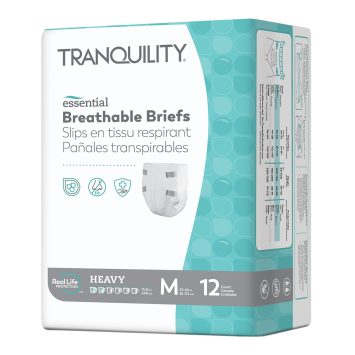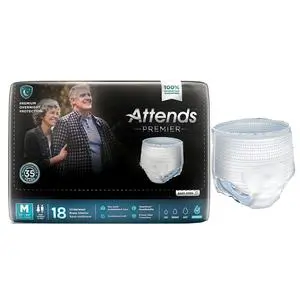Stress incontinence is characterized by urine leakage during activities that exert pressure on the bladder, such as coughing, sneezing, laughing, or physical activities. This condition, also known as stress urinary incontinence, occurs when the muscles and tissues that support the bladder and urethra weaken or damage, leading to the inability to control urine flow effectively.
This blog post will discuss how stress incontinence is diagnosed, what causes it, treatment options, and how to manage the symptoms. We will also provide helpful resources and information on where you can find support.
Recognizing and Diagnosing Stress Incontinence
Stress incontinence is a condition that affects millions of people, particularly women who have experienced childbirth, menopause, or hormonal changes. About one in three women will experience stress urinary incontinence to some degree during their life. However, it can also occur in men, particularly those who have undergone prostate surgery or have a weak pelvic floor. The likelihood of developing stress incontinence increases with age, but it can affect individuals across all age groups.
Stress urinary incontinence can significantly impact one’s quality of life, causing embarrassment, social anxiety, and limitations in daily activities.
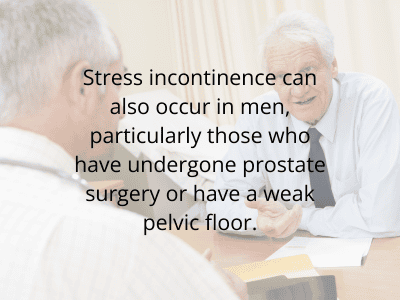
Understanding the Causes of Stress Incontinence
To effectively manage and treat stress incontinence, it is crucial to understand the causes of this condition. Three common causes of stress incontinence include:
Weakening of the pelvic floor muscles
These muscles are pivotal in supporting the bladder and controlling urine flow. Factors such as aging, hormonal changes, and certain medical conditions can weaken the pelvic floor muscles.
Pregnancy and childbirth
During pregnancy, the growing uterus puts pressure on the bladder and pelvic floor muscles, causing them to stretch and weaken. Vaginal delivery can further damage the pelvic floor muscles, leading to increased vulnerability to stress urinary incontinence.
Obesity and excessive weight gain
Additional pressure on the bladder and pelvic floor muscles can increase the risk of urine leakage. Chronic coughing, associated with smoking or respiratory conditions, can also strain the pelvic floor muscles and worsen stress incontinence.
Stress Incontinence Treatment Options
There are various stress incontinence treatment options available for managing stress urinary incontinence. These range from conservative treatments to surgical interventions, depending on the severity of the condition and individual needs.
Here are three options to treat this medical condition:
Conservative/non-invasive treatments
These treatment options include physical therapy, including pelvic floor exercises. These exercises can help strengthen the muscles supporting the bladder and urethra, helping to reduce the risk of leakage. Regular physical activity, such as walking or swimming, can also strengthen the pelvic floor muscles and improve bladder control.
Lifestyle and diet modifications
Maintaining a healthy weight, avoiding foods and drinks that irritate the bladder, and practicing good bathroom habits can reduce the likelihood of leakage. Making sure to drink enough fluids is essential. Avoid spicy foods, caffeine, alcohol, and carbonated beverages that are known to irritate the bladder and can worsen symptoms. Try opting for fiber-rich foods, which can help regulate bowel movements and reduce the risk of constipation, contributing to stress incontinence.

Surgical interventions
For individuals with more severe stress incontinence or those who do not respond to conservative treatments, surgical interventions may be considered. One standard surgical stress incontinence treatment is bladder sling surgery. This procedure involves the placement of a sling to support the urethra and helps prevent leakage. Another option is injecting bulking agents into the tissues surrounding the urethra, which can improve bladder control.
A healthcare professional should be consulted to determine the most suitable stress incontinence treatment for your situation. To develop a personalized treatment plan, they can evaluate your symptoms, medical history, and lifestyle factors.
Support and Resources for Stress Incontinence
You do not have to face stress incontinence alone. Various support groups and online communities are available to provide the resources and information needed.
Support groups offer a safe space to share stories, ask questions, and receive emotional support. These groups often consist of people with firsthand experience dealing with stress incontinence, making them valuable resources for advice and encouragement.
Online communities, such as forums and social media groups, also provide a platform to connect with others facing similar challenges. These communities can be a convenient way to access support and information from the comfort of your own home.
Some support groups and online communities to check out include:
When it comes to managing stress incontinence, various product options are available. At Personally Delivered, we offer a wide range of high-quality incontinence products to help you effectively manage your stress urinary incontinence symptoms. Our products provide comfort, discretion, and peace of mind, from absorbent pads and protective underwear to catheters and bed pads.
Choosing the right incontinence products can significantly impact your daily life. Consider factors such as absorbency, fit, comfort, and ease of use. Personally Delivered offers a personalized product selection service where our knowledgeable team can help you find the best products based on your needs and preferences. We understand that each individual is unique, and we strive to provide personalized solutions to enhance your quality of life.
Popular Supplies for Managing Stress Incontinence
Disclaimer: Important Notice Regarding Medical Advice
The information provided in this blog is intended for general informational purposes only and should not be considered a substitute for professional medical advice, diagnosis, or treatment.
